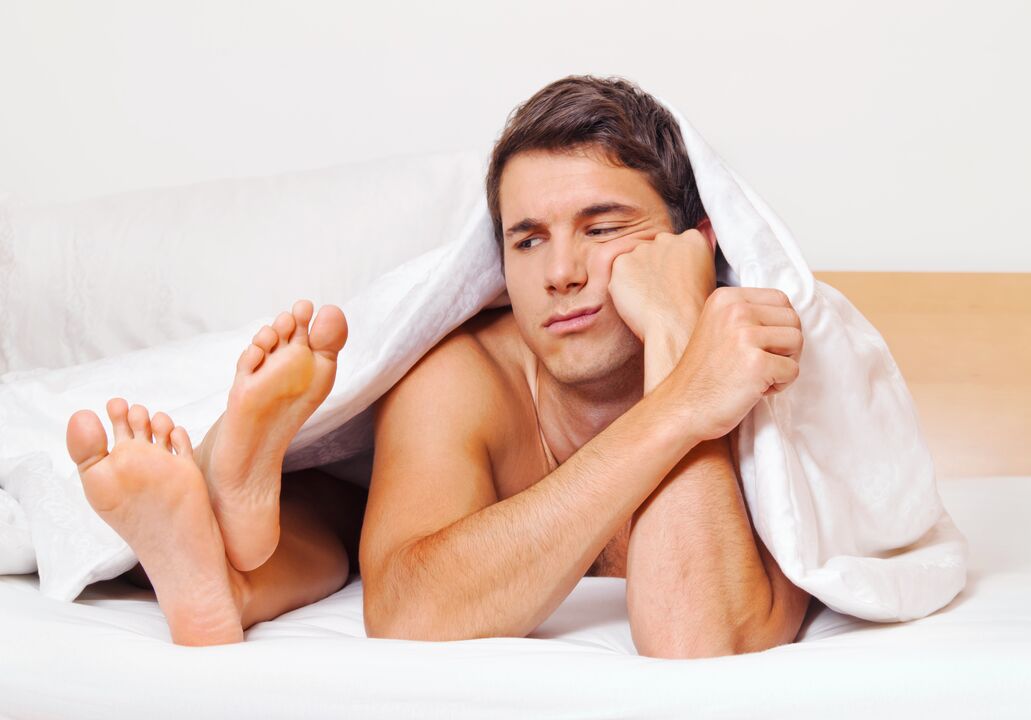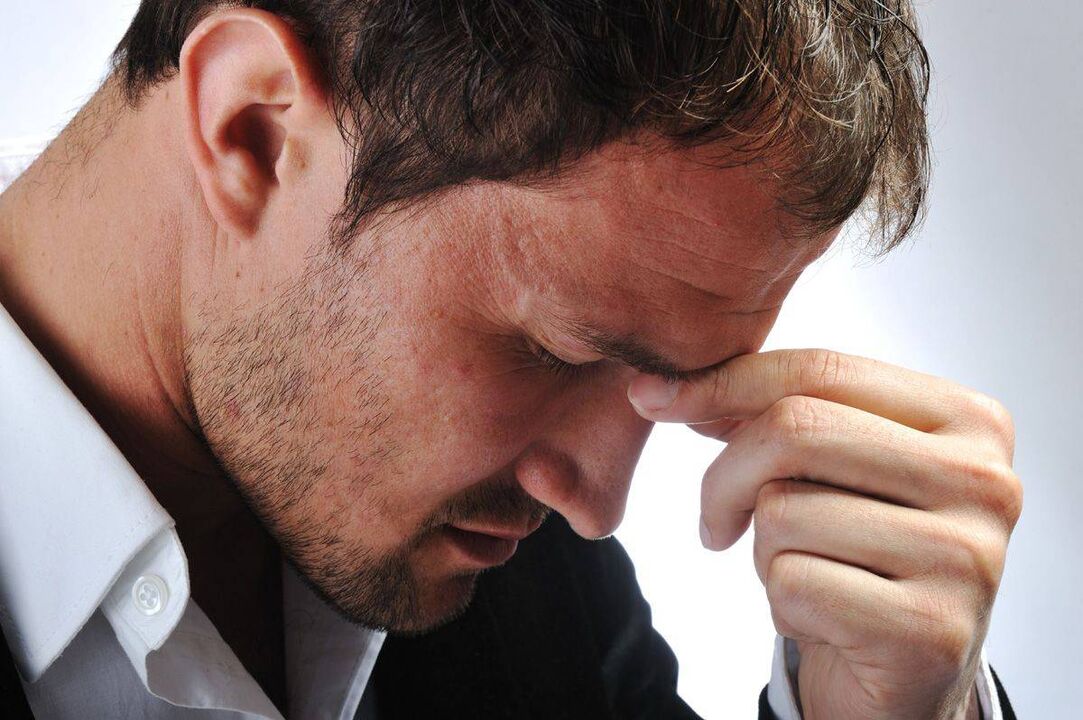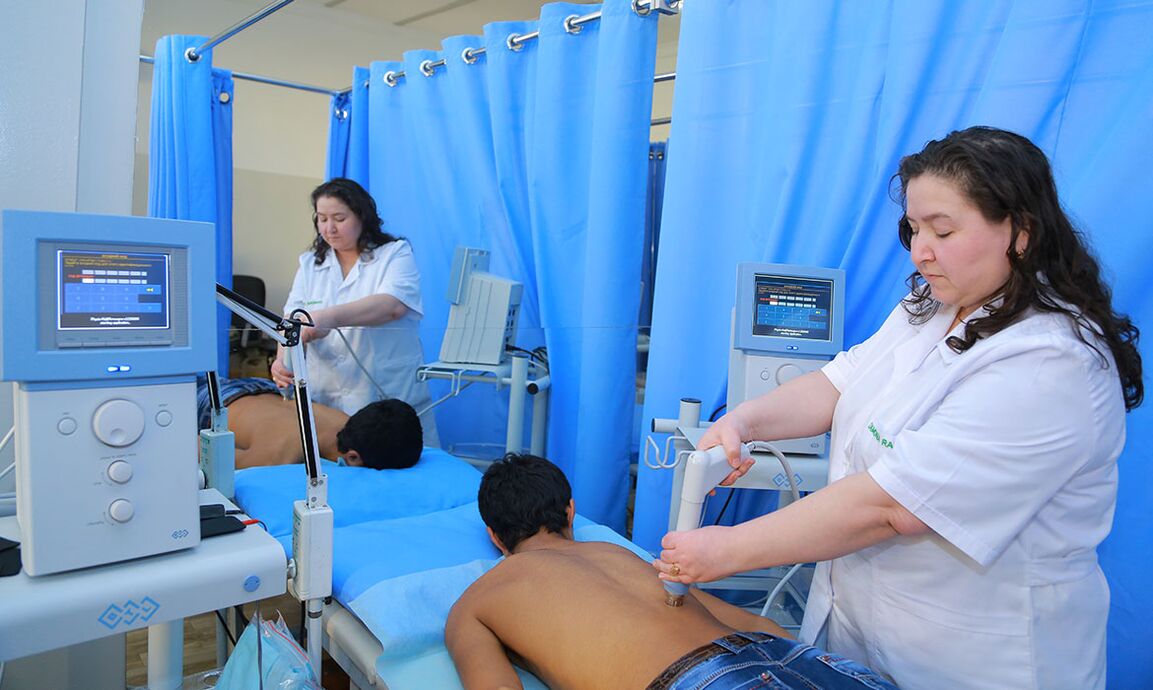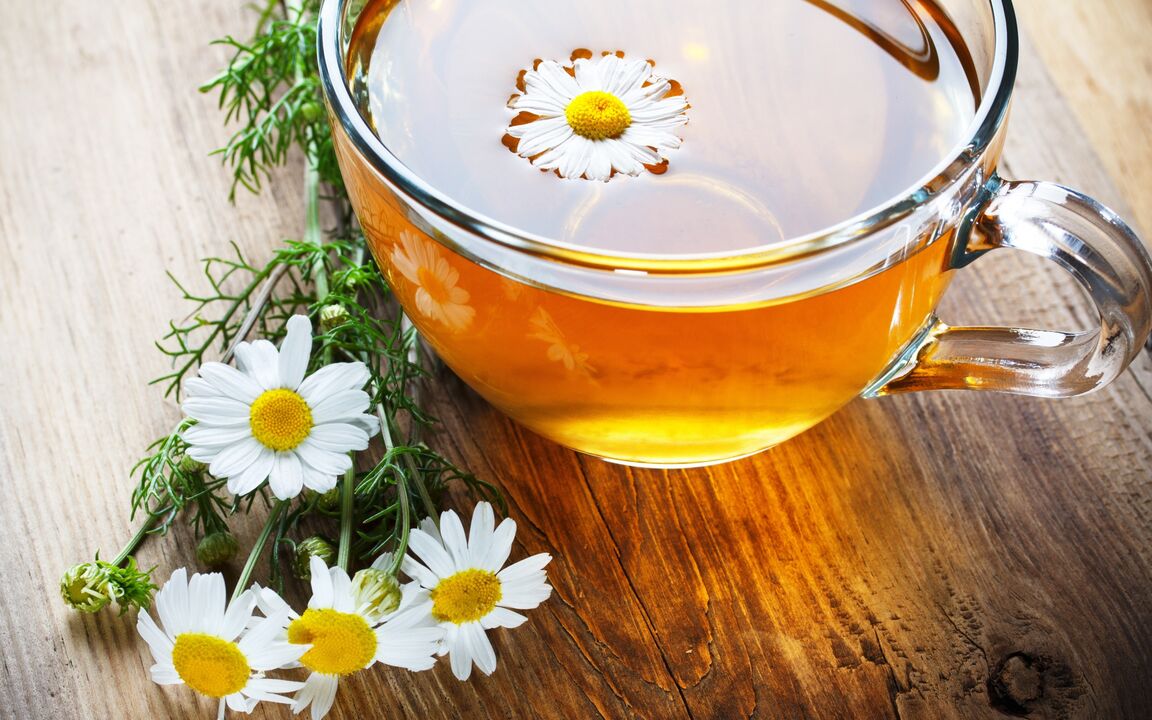
Prostatitis is a prostate disease. According to statistics, about half of men between the ages of 20 and 50 in the world suffer from prostatitis. The prostate is a very important element in the male genitourinary system: it produces a substance that activates sperm and ensures its stability. In the case of the prostate, this function is impaired, causing various problems. Therefore, if symptoms of prostatitis are found, it can be helpful to use folk remedies at home.
symptoms of prostatitis
In the early stages of prostatitis, symptoms are easily manifested and these are:
- frequent urination and pain;
- decreased libido;
- pain in the lower abdomen or scrotum;
- burning in the perineum;
- Ejaculation disorders;
- blood in the urine;
- nervous.
If blood appears in the urine, seek medical attention immediately! This symptom may be due to purulent inflammation.
Most of the time, this disorder manifests as abnormal urination. Daily urine output is constant, and the number of toilet visits will increase. Usually, urination occurs in a small part, and pain or difficulty urinating may occur.
If the course of treatment is not started in time, exacerbation occurs, acute prostatitis occurs, and the following are added to the first symptoms of the disease:
- increased body temperature;
- fever and chills;
- Prostate swelling.
For the symptoms of chronic prostatitis, all of the above symptoms may be present, but their presentation will be cyclical and not as pronounced as the acute form. In some cases, prostatitis occurs without symptoms.
Prostatitis - Causes
One of 4 forms of prostatitis can develop for a variety of reasons: acute, chronic bacterial or nonbacterial prostate pain.

The bacterial form of prostatitis occurs with a variety of infections, the most common being chlamydia, trichomoniasis, or gonococcus.
Other forms of the disease may be triggered by:
- a sedentary lifestyle;
- irregular sexual intercourse;
- circulatory disturbance;
- low temperature;
- nervousness and stress;
- endocrine system disorders;
- Vitamin deficiency.
treat prostatitis
Now that you know what the symptoms of male prostatitis are, the disease can be treated with a comprehensive approach: both medicines and folk remedies are beneficial for restoring the function of the male body.
If signs and symptoms of prostatitis are found, medication is prescribed by a urologist after examination and diagnosis. During the exam, you can:
- collect medical records;
- Prostate secretion analysis;
- urine test;
- Bacterial culture;
- cystoscopy;
- tomography;
- Ultrasound;
- Digital rectal examination.
medical treatement
Prostatitis is a difficult disease to treat. However, as long as you carefully follow all your doctor's prescriptions, you can get rid of these symptoms for a long time or even a lifetime. Taking into account all the characteristics of the patient's body, the doctor must prescribe a comprehensive treatment plan. The main goal of initial treatment is to eliminate the cause.

Bacterial prostatitis is treated with antibiotics. This is necessary in order to get rid of disease-causing microorganisms. Antimicrobial therapy must be administered carefully and responsibly. Under no circumstances should it be prematurely interrupted or terminated. If not all bacteria can be eliminated in one course, they will re-emerge but have developed immunity to the drug. At this stage, a lot depends on the doctor, how carefully and according to the specific person's disease characteristics, he chooses the medicine.
Immunomodulators (drugs that modulate the immune system) play an important role.
Pain medication and warm baths are prescribed if the patient complains of pain.
diet
For more effective treatment, you will need to make some changes to your diet. It is necessary to consume products that improve blood circulation and improve immunity as much as possible.
So, you need to eat:
- Green vegetables;
- onions and garlic;
- Tangerine;
- rose hips;
- mustard;
- seafood;
- Fresh vegetables and fruits.
In addition, foods that adversely affect the body, promote blood stasis, and increase the rate of urine formation should be excluded from the diet.
It is strictly prohibited to use:
- alcoholic beverages;
- beans;
- sorrel;
- internal organs;
- very spicy dishes;
- pork;
- soda;
- muffin.
prostate massage
This seemingly unpleasant process is a very important and integral element of therapy for everyone. A prostate massage allows you to:
- squeeze out the secret of inflammation;
- Improve blood circulation;
- Accelerates the action of antibacterial drugs;
- Conditioning the prostate.
During the procedure, the patient can be in a knee-elbow position or lying on their side, with the knee bent toward the abdomen. Insert the index finger of the gloved hand lubricated with petroleum jelly into the anus. Afterwards, the doctor gropes for the prostate at a distance of 3-5 cm from the anus. Then the massage itself begins, which is a gentle massage movement in different directions (up and down, number 8, etc. ).
How painful is this process? Strangely, it depends largely on the patient's mental state. Many people notice that they relax so well that they don't notice any unpleasant feelings at all. Of course, the degree of pain during massage is affected by factors such as the qualifications of the doctor, the characteristics of the disease, and the size of the prostate gland.
physiotherapy

The main goal of physical therapy for prostatitis is to regulate blood circulation to the pelvic organs. This process can be performed using:
- electromagnetic oscillation;
- Ultrasound;
- warm enemas;
- laser treatment etc.
Prostatitis Movement
One of the reasons for the development of the disease is blood stagnation. In this case, an episode of prostatitis may occur, the symptom of which will be frequent urination. Let's look at a group of exercises that improve blood circulation.
- contraction of the sphincter. This reduction should be done regularly, several times a day, 30 times a day. Don't worry if you're uncomfortable -- it's because the muscles aren't being trained.
- Hot and cold shower. This process promotes blood flow throughout the body. You can do contrast showers for the entire body and specifically for the perineum. It is very important to adjust the water temperature correctly: do not make it too cold or too hot. The recommended interval is half a minute of lukewarm water and a quarter of cold water for five minutes.
- Massage the perineum. It is recommended to practice lying down. You need to massage the area between the anus and scrotum, just below the pelvic bone. Massage with moderate-intensity pressure movements. We press for 2-3 seconds and press simultaneously. Repeat for five minutes.
Healing with folk remedies
Of course, our ancestors also faced prostate inflammation. Before the advent of modern medicine, they developed their own fairly effective means. In the case of prostatitis pain, traditional medicines and their treatments are used. Let's take a closer look at what it offers.
Treated with onion seeds
Onion seeds are great for treating bacterial prostatitis. To prepare a medicinal mixture, crushed seeds must be mixed with honey in equal proportions. Take one teaspoon 3 times a day.
Propolis Candle
For cooking, you need propolis extract and cocoa butter. For 20 grams, you need 1 gram of extract. The resulting mass is made into a suppository and injected rectally every day at bedtime for 3 months.
chamomile tea
The formula has a good effect on the exacerbation of chronic prostatitis. Chamomile infusion can be taken by mouth or used as an enema. To prepare, pour 100 grams of boiling water 1 tablespoon of dried chamomile and let it brew for about an hour. After the time has elapsed, the solution is filtered. The resulting decoction can be drunk at night or used as an enema.

attention! Enema infusion temperature should be 1-2 degrees higher than body temperature.
pumpkin seeds
Pumpkin seeds for prostatitis were very popular among our ancestors. The effect of this method is due to the high zinc content in the seeds. For treatment, you can use the seeds in their raw form (about 30 tablets per day) and in the form of a mixture of honey. To prepare it, the pre-roasted seeds are ground into a powder and mixed with honey. Use the resulting mixture to form walnut-sized balls and store them in the refrigerator. It is recommended to use aged candied honey so that the "nuts" retain their shape better. Eat a ball half an hour before dinner.
Chestnut shell treatment
It is widely believed that this method will get you rid of prostatitis quickly. For the treatment, you will need a shell with a needle, which must be brewed and drunk as a decoction. How to prepare the decoction:
- Harvest of ripe autumn chestnuts.
- Strip them.
- Add boiling water overnight.
- In the morning, filter the solutions and keep them in a water bath until they evaporate by a third.
- Take 1 teaspoon before your first meal.
The course of treatment is 60 days.
Prevent prostatitis
As you know, the most effective way to treat a disease is to prevent it from developing. It is necessary to check after treatment and detection of symptoms of prostatitis 2 months after infection. This will help prevent possible recurrence of the disease in time.
To prevent prostatitis, follow these precautions:
- Don't get too cold. Do not sit on cold surfaces and wear thermal underwear in winter.
- Have regular (yearly) check-ups with your urologist.
- Have a regular sex life.
- Try to live a mobile lifestyle and walk more if possible.
- Break bad habits and eat well.
Pay attention to your health!























